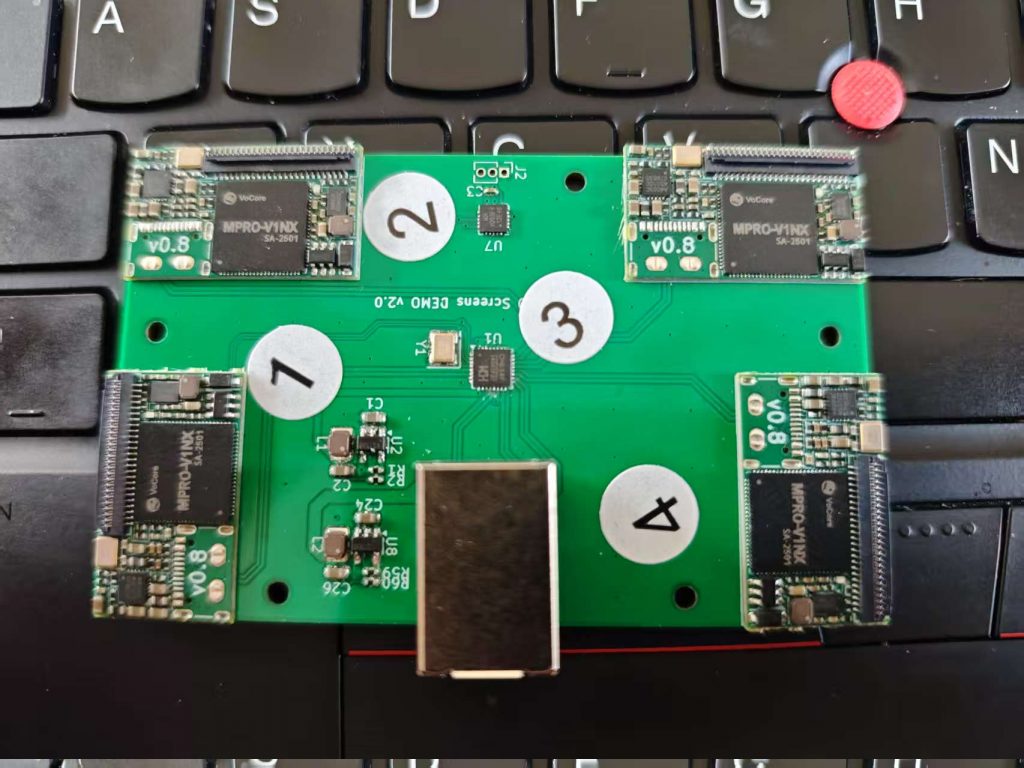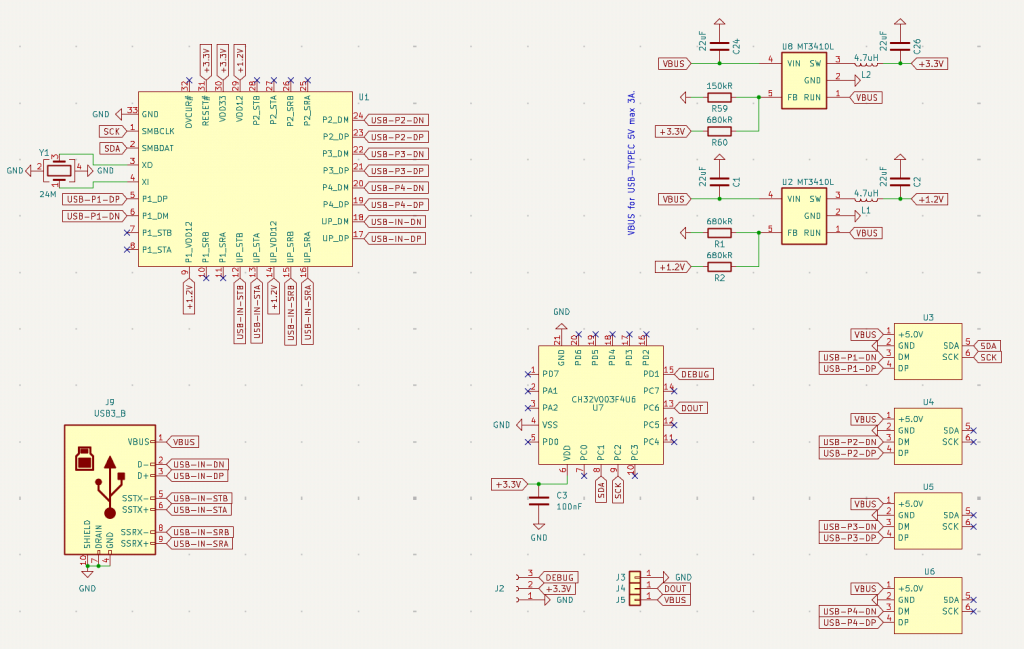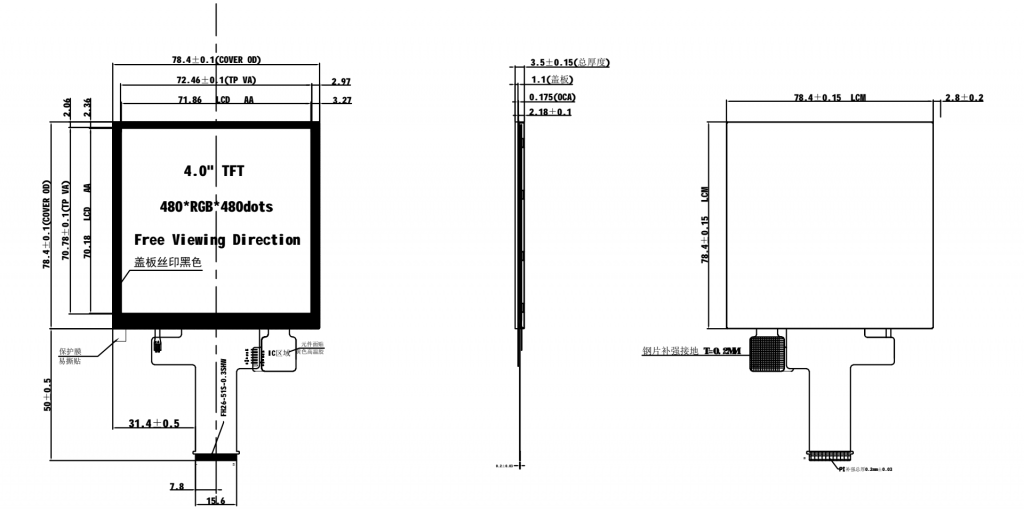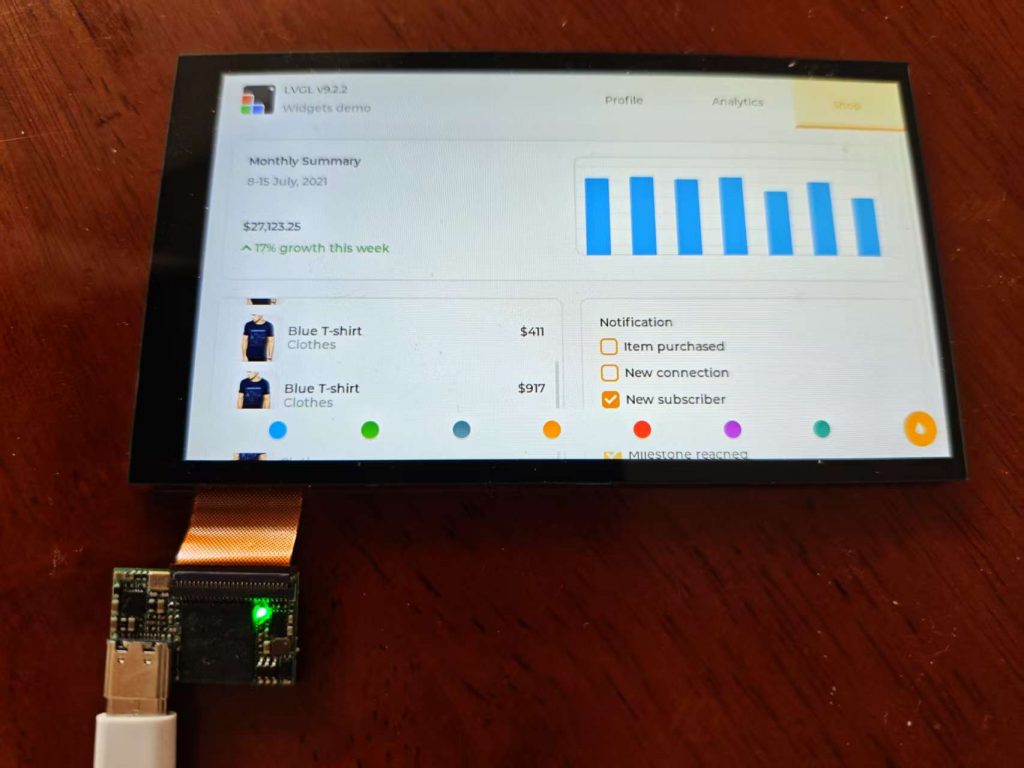New features update:
- support WS2812B DIN via SPI interface.
- add customized logo support.
This is a test version; both features may still contain bugs.
Download at https://vocore.io/misc/v2scrctl.zip
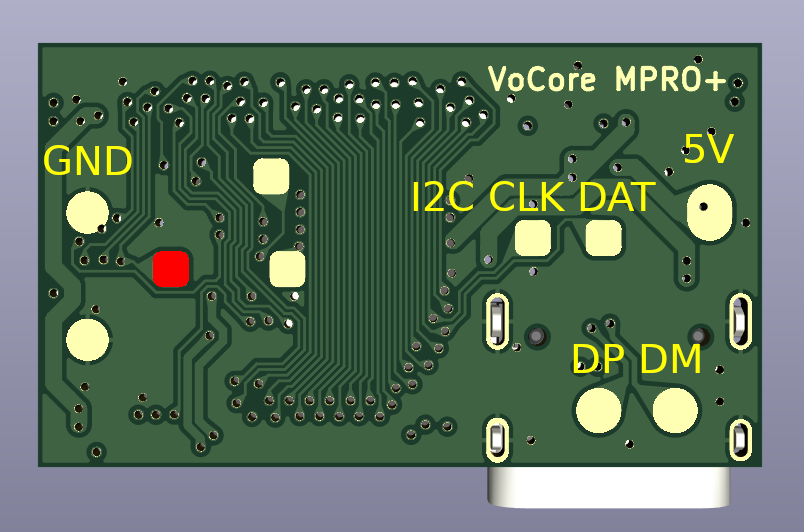
The red pin uses SPI to simulate the WS2812B signal, so we does not need additional CH32V003 to generate the waveform. However, this method can be unstable at times, as the SPI bus is also shared with the screen and internal flash. Therefore, this approach is not recommended for high-volume production—but for DIY enthusiasts, it’s a cheap and easy way to drive LEDs.
To use it:
- Connect the red pin to the WS2812B data input (DIN),
- Connect 5V to the WS2812B power input,
- Connect GND to the WS2812B ground.
⚠️ Important: Ensure no CH32V003 is connected to I2CCLK and I2CDAT. If a CH32V003 is present, our firmware will default to sending LED signals over I²C (for backward compatibility), no signal to SPI.
You can test your WS2812B LEDs using the LED button in v2scrctl.exe.
If you prefer not to solder, we also offer a DEMO board to test this new feature—please contact our sales team for details.
📌 Note: In our store, the 6.8 DEMO dashboard still uses the older method (CH32V003 directly driving the WS2812B LEDs), which is more stable and recommended for reliable operation.
Users can now customize the VoCore screen startup logo using mprologo.exe (included in the v2scrctl.zip package, folder v2scrctl).
By default, the firmware logo includes a watermark: “Powered by VoCore”.
If you require a version without the watermark, we can provide a custom firmware build—please contact our sales team for assistance.
